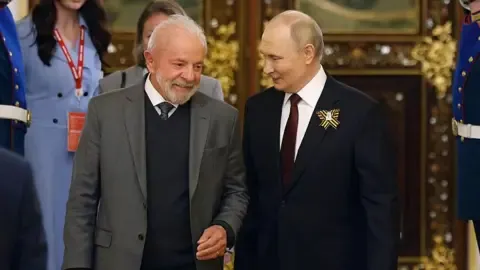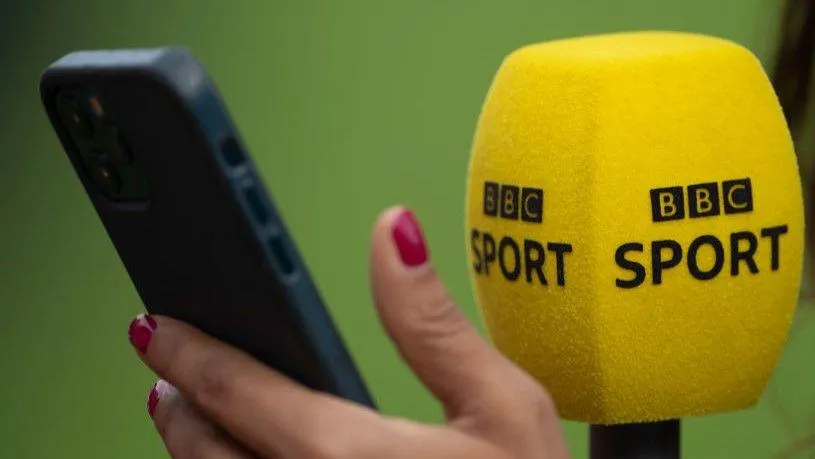Today's Top Highlights
Discover our latest stories and insights from around the world
 News
News
 News
News
UK Premier Turns to £150bn Investment Deal to Offset Backlash Over American Leader's State Visit
 By Lauren Wells
•
17 Sep 2025
By Lauren Wells
•
17 Sep 2025
 News
News
Dramatic Liverpool Claim Victory Following Squandering Comfortable Lead
 By Lauren Wells
•
17 Sep 2025
By Lauren Wells
•
17 Sep 2025
 News
News
Virgil van Dijk nods late decisive goal against Atlético Madrid
 By Lauren Wells
•
17 Sep 2025
By Lauren Wells
•
17 Sep 2025
 News
News
Harry Kane Fires Two Goals to Dash Chelsea FC's European Comeback
 By Lauren Wells
•
17 Sep 2025
By Lauren Wells
•
17 Sep 2025
 News
News
Backpacker Attacked by Bear in Yellowstone Flown to Trauma Center
 By Lauren Wells
•
17 Sep 2025
By Lauren Wells
•
17 Sep 2025
 News
News
The Brazilian Leader Lula Declares There Is Zero Relationship With Former US President Trump
 By Lauren Wells
•
17 Sep 2025
By Lauren Wells
•
17 Sep 2025
 News
News
Bernie Sanders Emerges as Initial US Senator to Designate Israel's Operations in the Gaza Strip as Genocide
 By Lauren Wells
•
17 Sep 2025
By Lauren Wells
•
17 Sep 2025
 News
News
Olympic Sprint Medallist Kerley Joins Enhanced Games Weeks Following Suspension
 By Lauren Wells
•
17 Sep 2025
By Lauren Wells
•
17 Sep 2025
 News
News
Interference along with Toenails: Eubank Jr and Eddie Hearn Confrontation
 By Lauren Wells
•
17 Sep 2025
By Lauren Wells
•
17 Sep 2025
 News
News
Devoted Followers Gather in the Historic Town to Animate the President’s Spectacle of Minimal Action
 By Lauren Wells
•
17 Sep 2025
By Lauren Wells
•
17 Sep 2025
 News
News
Spain Detains 19 Individuals Accused of Torture and Homicide After 50 Migrants Vanish from Vessel
 By Lauren Wells
•
17 Sep 2025
By Lauren Wells
•
17 Sep 2025
Recent Posts
 News
News
 News
News
September 2025 Blog Roll
August 2025 Blog Roll
July 2025 Blog Roll
June 2025 Blog Roll
Sponsored News
News
Historic Twelfth Execution Scheduled in the Sunshine State for Individual Convicted of Murdering Relatives
 Lauren Wells
Lauren Wells
17 Sep 2025

News
Major Scotland-Based Organized Crime Personalities Arrested in the UAE
 Lauren Wells
Lauren Wells
17 Sep 2025

News
The Italian Manager Sees UEFA Fixture as Pupils vs Teachers Versus Manchester City
 Lauren Wells
Lauren Wells
17 Sep 2025

News
Which person would say no to Benfica? - Mourinho touches down for talks
 Lauren Wells
Lauren Wells
17 Sep 2025

News
The Australian Women's Cricket Team Experiences Historic Heavy Loss to Indian Side
 Lauren Wells
Lauren Wells
17 Sep 2025





